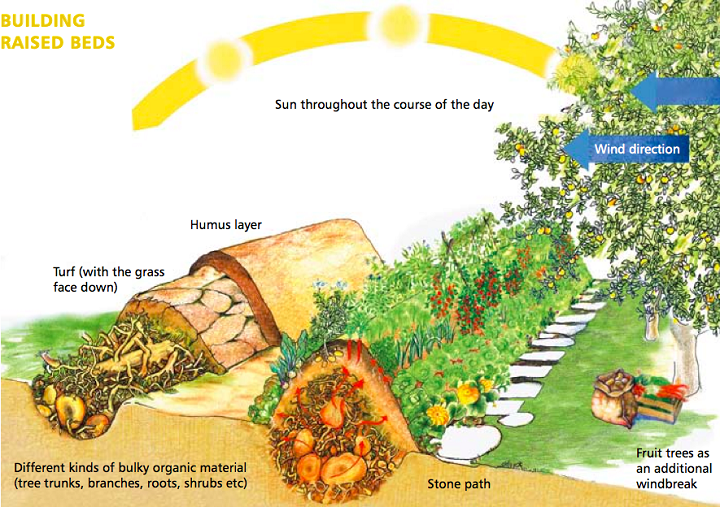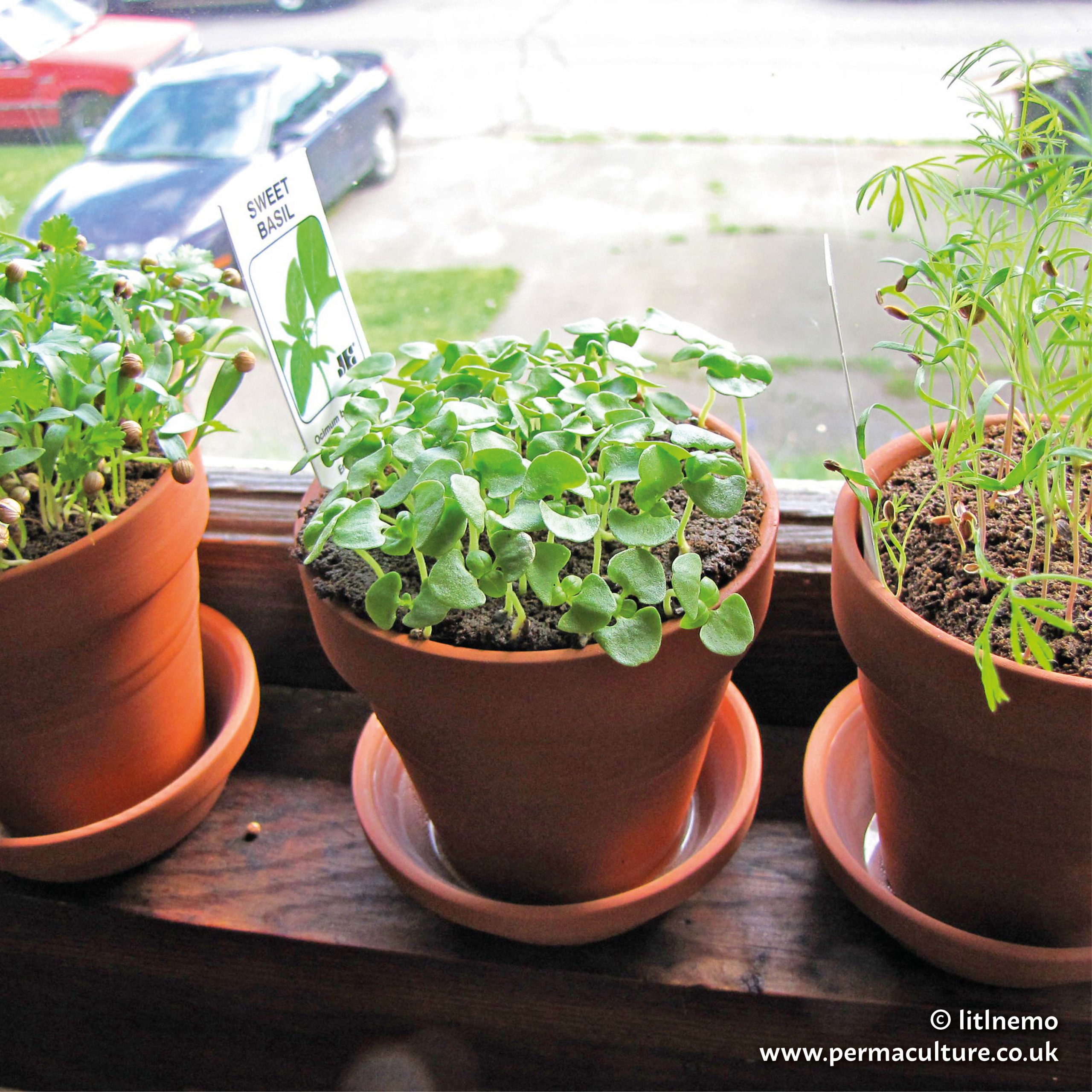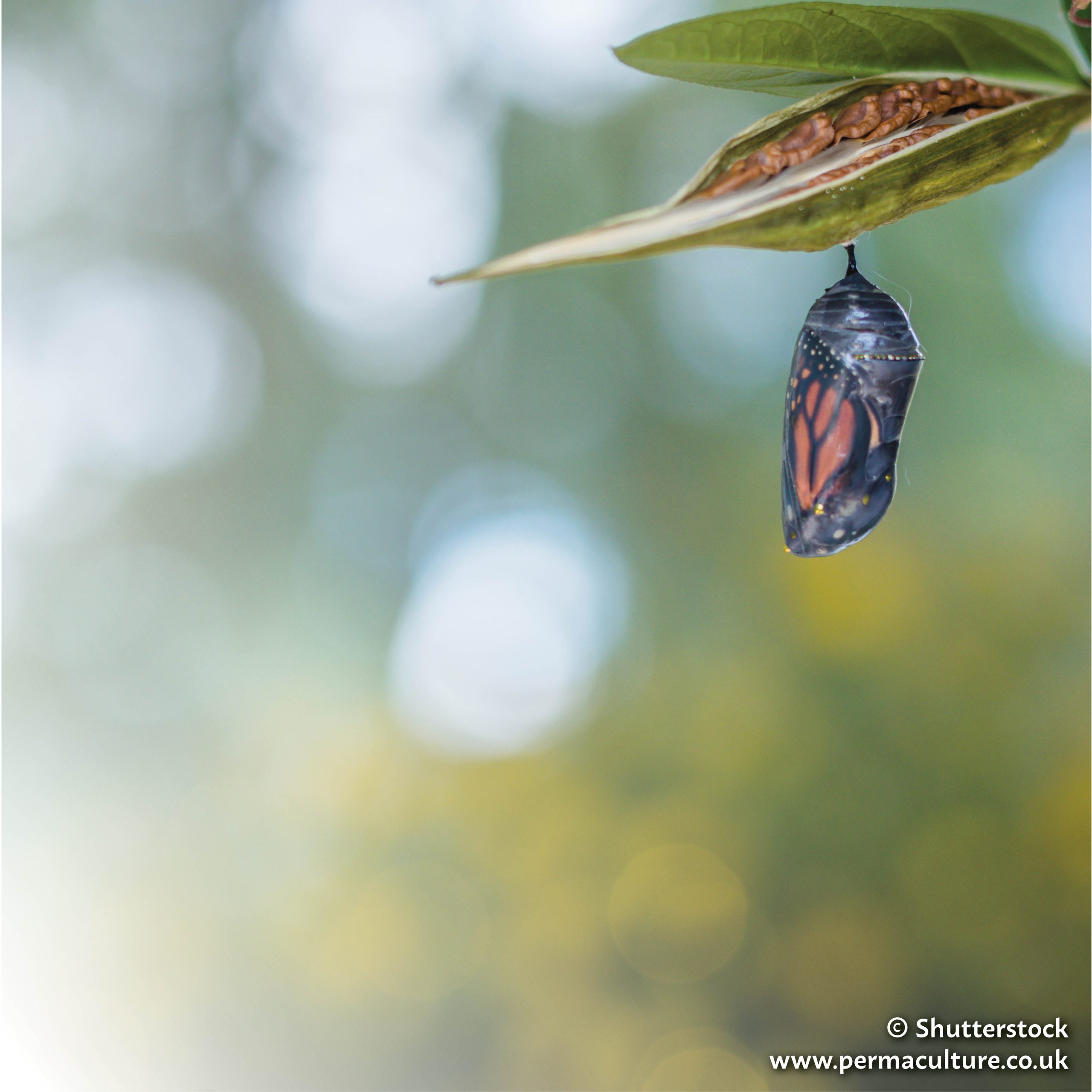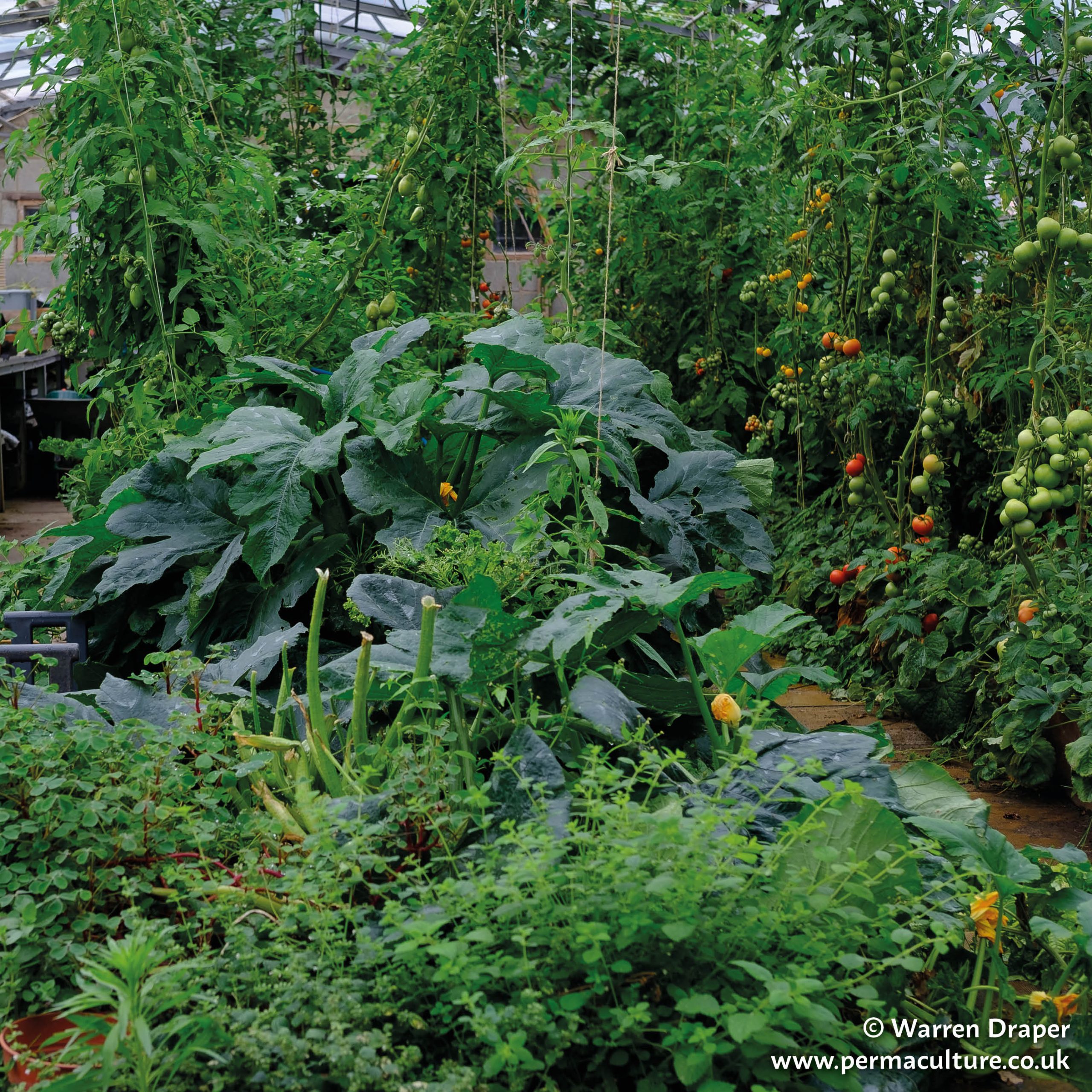Rosehips are the fruit of roses, which are members of the Rosaceae family, and have long been used for food, perfumery and medicine. Rosehips are used in many countries, being a rich source of vitamins and minerals, and can be consumed in many food products including jams, jellies, marmalades, teas, powders, baked goods, ice creams, yoghurts, candies, pulps, nectars, juices, wines, liqueurs etc.
The rose is a large family of mainly deciduous shrubs, sometimes climbing or trailing, with spiny branches, large five-petalled flowers and reddish fruit. Many ornamental forms have been bred all over the world.
ROSES, Rosa species
Zones 2-9, H4-7
Deciduous (most)
Edible fruit, Flowers for perfumery, cut flowers etc., Bee plants
All rose fruit, called rosehips, are edible, but the size and quality varies widely between species. Rosehips contain inedible seeds and hairs in the centre, so must be utilised or processed in a way that removes these.
The larger fruited species, for example Rosa rugosa, have rosehips large enough that the ripe flesh can be eaten raw from around the core of seeds and hairs, with the fruit flesh having a very good sweet flavour.
The form of vitamin C in rosehips is very stable even through cooking processes. In some countries, like the UK, traditionally a syrup was made from rose hips, to use as a vitamin C-rich tonic. Rosehips can also be dried and the dried fruit (and powder made from them) used for making herb teas.
Rose water (usually made by steeping petals in water) is widely used in Middle Eastern and South Asian cuisine. The petals themselves are also used as a food flavouring.
Rosehip seed oil is extracted and used in some skin care products. Several species of rose are grown commercially for the flower petals, from which essential oils are distilled and used in perfumery, toiletries, aromatherapy etc. The main species used are Damask rose (R. x damascena) and R. x centifolia. Others are grown commercially for the cut flower crops.
Rosa rugosa is a very good soil stabiliser, with a suckering root system, though it can spread with great vigour on well-drained sandy soils. Sometimes used as a dune stabiliser, but nowadays more regarded as a pest along coastlines because of its spiny dead branches. On more normal soils it is not invasive and can make a very useful low hedge at 0.5m (1ft 7ins) high or so.
All roses are also very good bee plants.
In general, the importance of rosehips in nutrition comes from their vitamin content since they contain C, P, B1, B2, E, K and U vitamins, and are very rich in calcium, phosphorus and potassium.
They have the highest vitamin C content (417-3062mg/100g) amongst fruit and vegetables, with light-coloured mature fruit having a higher content than dark-coloured hips. Rosehip pulp is used for vitamin C enrichment of some fruit and vegetable juices. Vitamin C is important in collagen synthesis, boosts the immune system against common cold and flu and strengthens arteries along with polyphenols. It also potentially lowers the risk of cancer due to antioxidant properties, helps dietary iron to function in the body, works in adrenaline synthesis and lowers blood cholesterol.
Minerals also play an important role in human metabolism and health. Calcium is necessary for healthy bones and teeth. Potassium is needed to maintain the acid-base balance of body fluids and in metabolism. Rosehip pulp contains 940-1380 ppm calcium, 3370-9340 ppm phosphorus, 7950 ppm potassium and 560-1240 ppm magnesium.
Rosehips contain high levels of nine carotenoids including beta-carotene, which is red in colour but is known to produce yellow colours in various foods; since it does not change the flavour or taste of the food, it has the potential for being used as a natural food colourant. Beta-carotene also has provitamin A activity and can be used for vitamin A enrichment of foods. Because carotenoids have high antioxidant activity, they are capable of protecting components in food including fruit from oxidation. They exert this antioxidant activity by stopping free radical chain reactions and by quenching singlet oxygen. Relatively high levels of the carotenoid lycopene have been reported in rosehips, which could contribute to the prevention of cardiovascular diseases and cancer.
The flavonoids in rosehips act as antioxidants on free radicals and prevent lipid peroxidation (which is implicated in arteriosclerosis, cancer and chronic inflammations). Bioflavonoids having vitamin P properties have been found in rose hips at levels of 1100-3320mg/100g fruit. A recent survey of a variety of dietary plants found that rosehips showed the highest total antioxidant properties.
Rosehips are a rich source of phenolic compounds, with some varieties having as much as 3200-4900mg/100g total phenolics. Rosehips improve the flavour of wine significantly and contribute with a high level of phenolic compounds.
Rosehips are also a good source of pectin. Pectin is an important hydrocolloid in the food industry and is used to improve consistency since it acts as a thickening agent. Its haemostatic, antiseptic and cell renewal properties allows for its usage in treatments of cuts and burns, and it can be safely given to patients with ulcers due to its anti-inflammatory properties, ability to lower blood cholesterol, and binding capabilities in metal poisoning.
Malic, citric and acetic acids impart the characteristic flavour of rosehips, which are also a good source of easily digestible carbohydrates (7.55-21.29% reducing sugars, 1.08-2.1% saccharose and 8.68-22.44% total sugars).
Rosehips are not a rich source of protein but the pollen of Rosa laxa has been found to contain a total of 18 amino acids, of which 15 are free and at least eight are essential amino acids. Glutamic acid makes up 13-14.6% of the total amino acids, and is known to play an important role in cerebral tissues during biochemical metabolism, and is involved in the synthesis of physiologically active substances and acid detoxification.
Seed oils have been proven to be more stable when they contain natural vitamin A and C, carotenoids and flavonoids. The oil extracted from roses has been found to contain unsaturated fatty acids, and can be used efficiently against contact dermatitis and in food products. Rose seed oil contains approximately 50% linoleic, 20% arachodonic and 19% oleic acids, and thus has a higher oxidative stability than other unsaturated oils. This oil could conceivably be used as a gourmet oil, adding a special flavour to food products.
Two recent clinical studies on rosehips have been reported. In the first, a probiotic drink containing Lactobacillus plantarum, fermented oats and rosehips was fed to volunteers. An increase in the amount of short-chain fatty acids was observed – these fatty acids lower the colonic pH and control proliferation of pathogens and colon cancer. The second study involved patients diagnosed with osteoarthritis. When these patients were fed a standardised rose hip powder (prepared from the hips and seeds of Rosa canina fruit), inhibition of leukocyte functions that cause cell injury in osteoarthritis was observed along with a reduction of the pain level in 64% of patients.
This is an extract from Martin Crawford’s Shrubs for Gardens, Agroforestry and Permaculture. Order yours HERE.
Also from Martin:
Shrubs for Gardens, Agroforestry and Permaculture
by Martin Crawford
Trees for Gardens, Orchards and Permaculture
by Martin Crawford
After several years working in organic agriculture and horticulture, Martin Crawford founded the Agroforestry Research Trust in 1992. Since then he has focused on researching and growing perennial food systems including forest gardens and orchards of nut trees and uncommon fruits. He runs the nursery at ART which propagates and sells many different tree and perennial plants and is the author of many popular books and papers.







